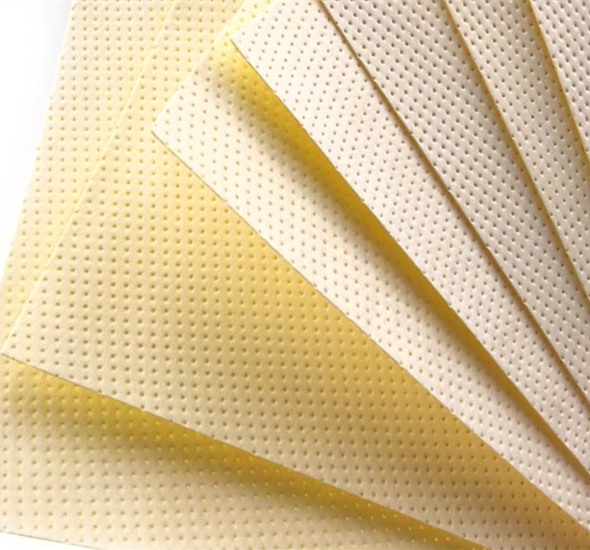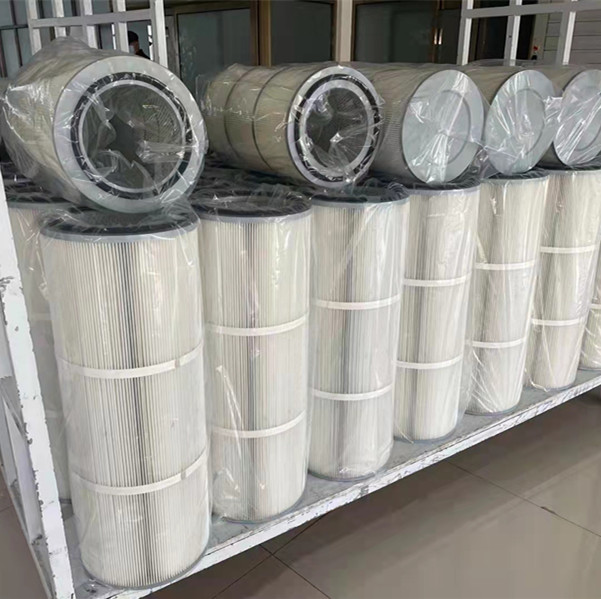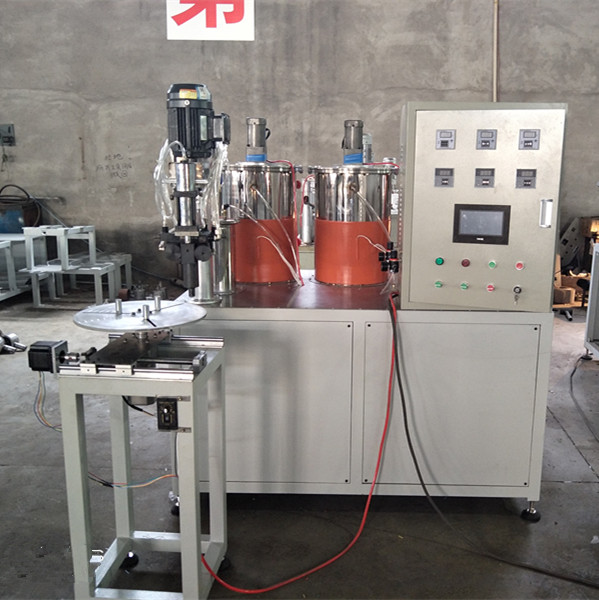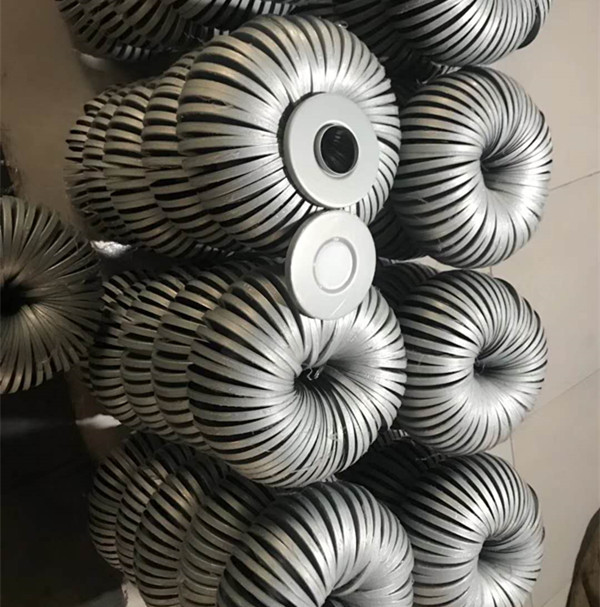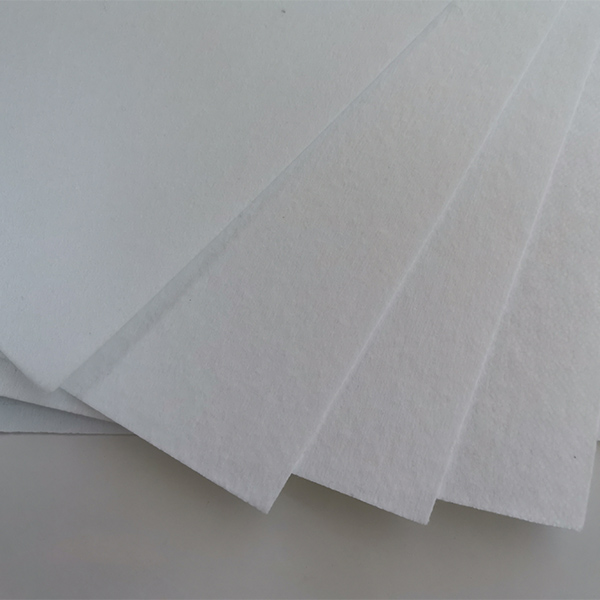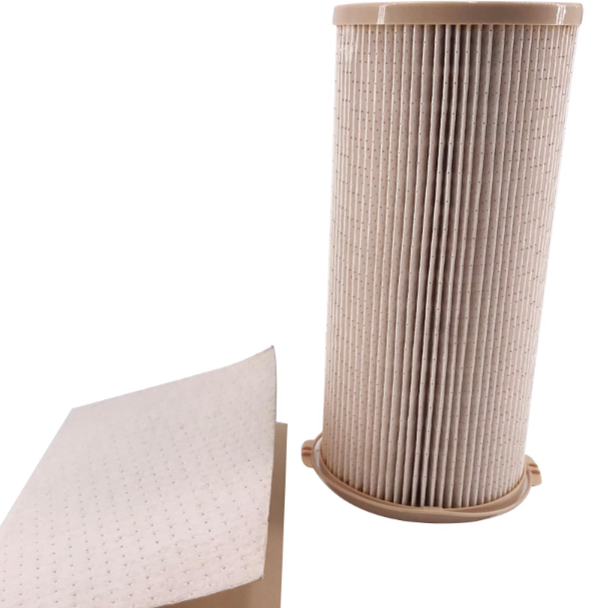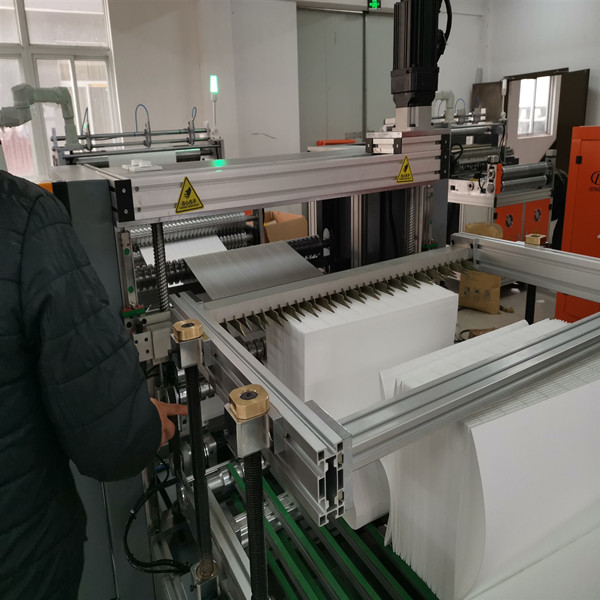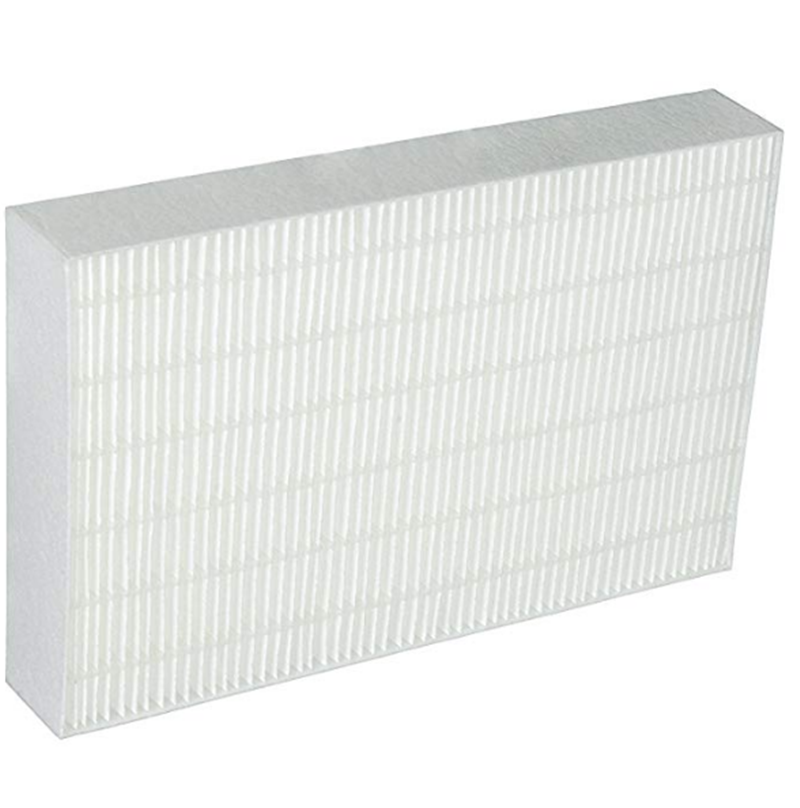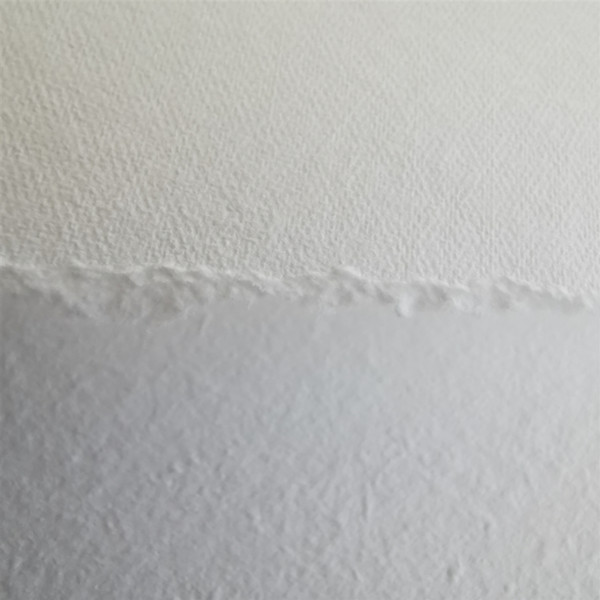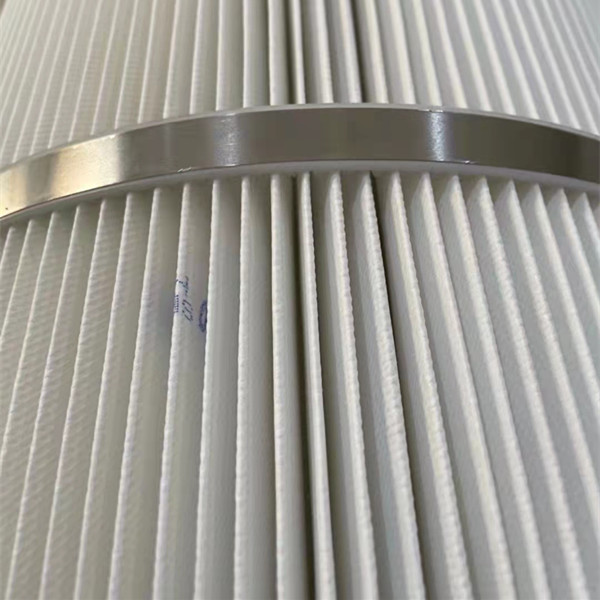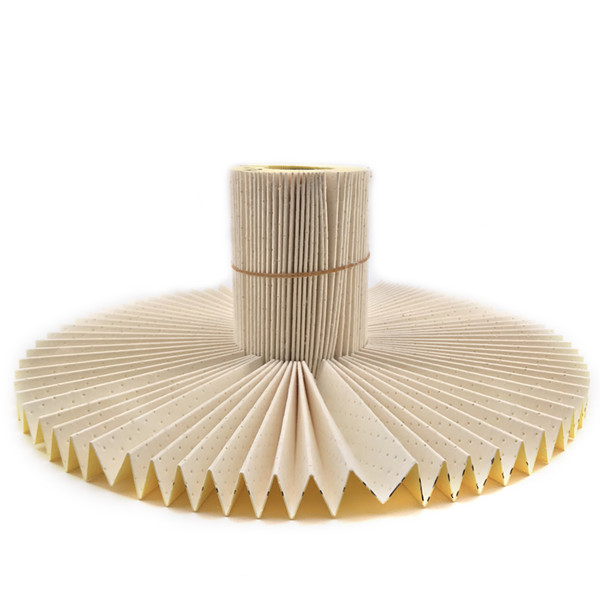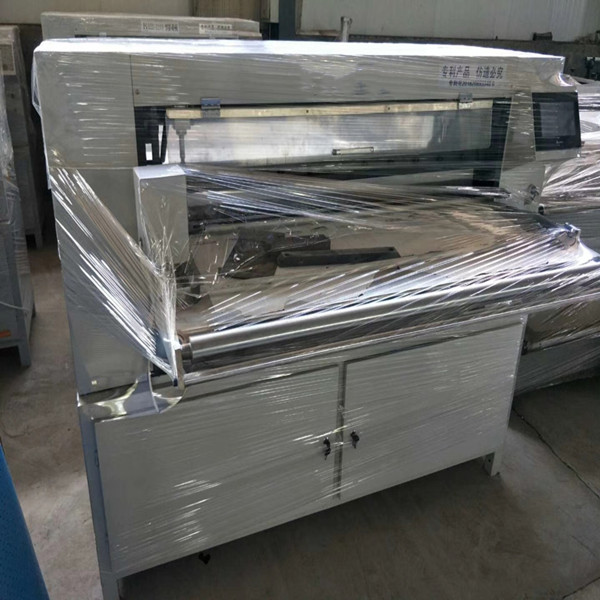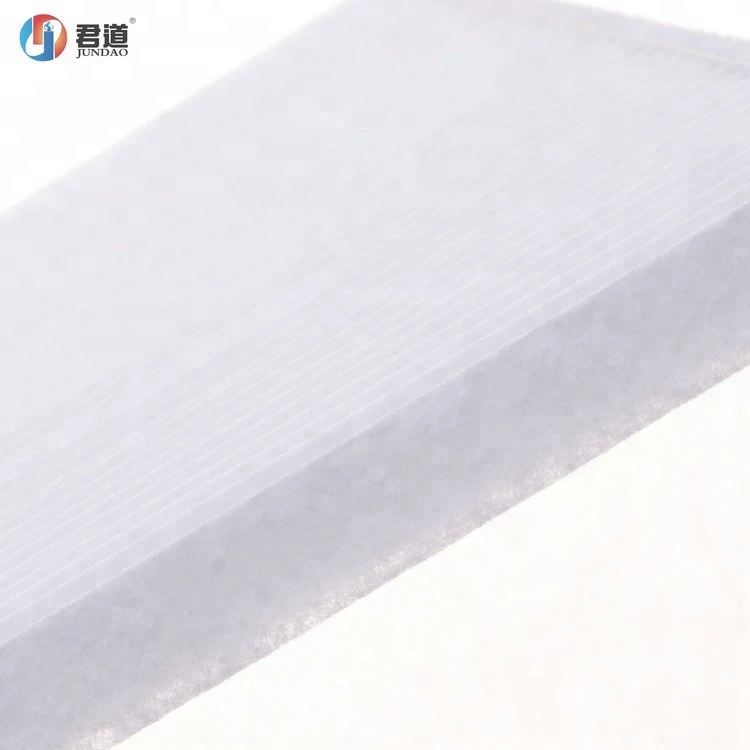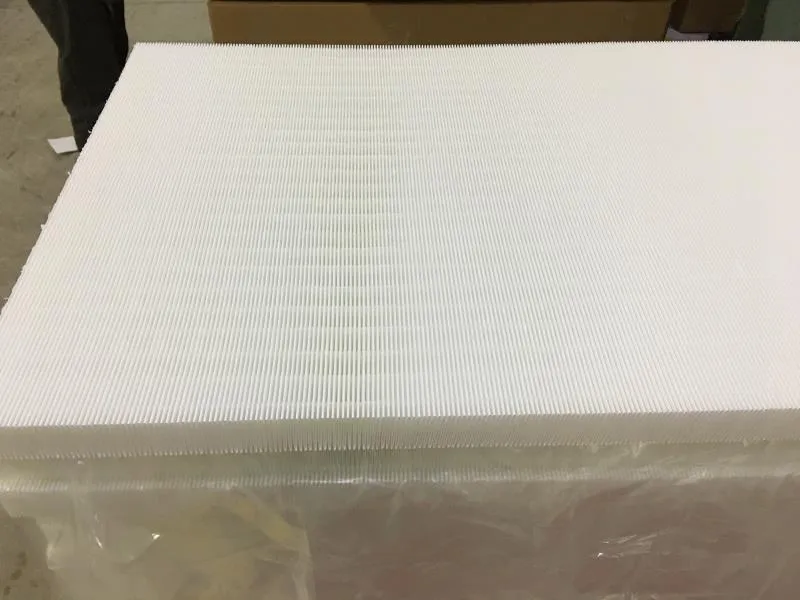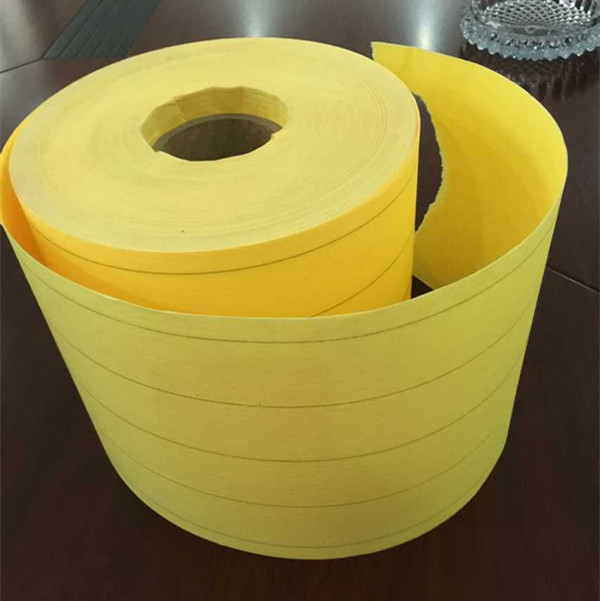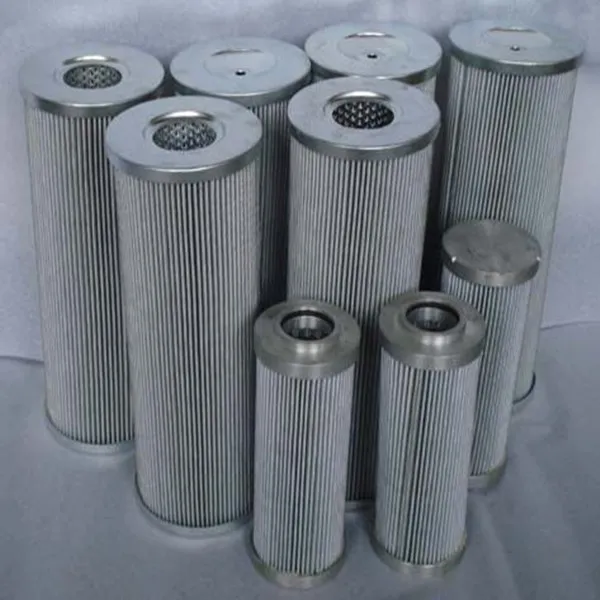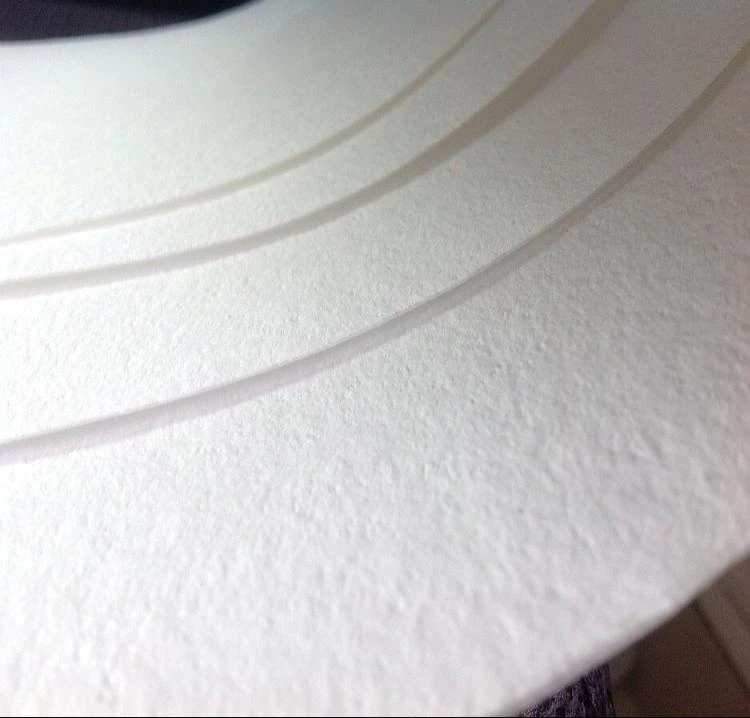Did you know 91% of the world’s population breathes polluted air? Your car cabin or HVAC system might be secretly harboring allergens, dust, and even toxic particles. Traditional filters fail to block ultrafine particles below 0.3 microns. That’s where next-gen air filter paper material
s rewrite the rules.
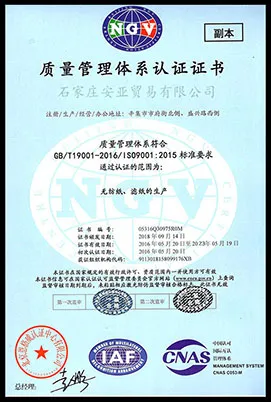
(air filter paper material)
Why Our Air Filter Paper Material Outperforms Competitors
Imagine a material that combines 98.7% filtration efficiency (per ISO 16890) with airflow resistance 22% lower than standard cellulose blends. Our nanofiber-reinforced cabin air filter material achieves exactly that. See how we dominate:
| Parameter | Standard Material | Our Material |
|---|---|---|
| PM2.5 Capture Rate | 85% | 98.7% |
| Lifespan | 12 months | 18-24 months |
Tailored Solutions for Your Unique Needs
Whether you need non-woven air filter material for industrial turbines or cabin air filters with activated carbon layers, our engineers deliver. Recent success stories:
- ✓ Custom flame-retardant material for EV battery air systems
- ✓ 30% cost reduction achieved for HVAC manufacturer
Proven Results Across Industries
When a leading automaker needed to reduce cabin VOC levels by 60%, our 3-layer composite material with activated carbon delivered in 8 weeks. Your results could be next.
Ready to Transform Your Air Filtration?
Join 500+ satisfied clients who trust our materials.
20 Years Expertise | ISO 9001 Certified | 24/7 Technical Support
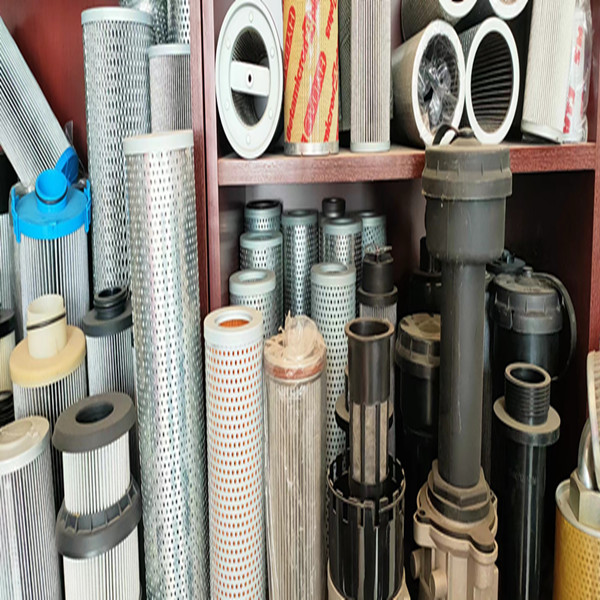
(air filter paper material)
FAQS on air filter paper material
Q: What materials are commonly used in air filter paper?
A: Air filter paper is typically made from cellulose fibers, synthetic fibers (e.g., polyester), or a blend of both. These materials provide high dust-holding capacity and efficient particle filtration. Some advanced variants also include resin coatings for improved durability.
Q: How does cabin air filter material differ from standard air filter paper?
A: Cabin air filter materials often combine activated carbon layers with pleated synthetic or cellulose media. This design traps pollutants, odors, and allergens, whereas standard air filter paper focuses more on particulate filtration without added odor control.
Q: What are the advantages of non-woven air filter material?
A: Non-woven air filter materials offer superior airflow, moisture resistance, and reusable properties compared to traditional paper. Their random fiber arrangement enhances dust capture efficiency, making them ideal for HVAC and automotive applications.
Q: Can air filter paper materials be recycled or reused?
A: Most cellulose-based filter papers are disposable and not recyclable due to contamination. However, some synthetic non-woven materials can be cleaned and reused, depending on the application and manufacturer guidelines.
Q: What factors determine the lifespan of cabin air filter materials?
A: Lifespan depends on material density, environmental conditions (e.g., pollution levels), and usage frequency. High-efficiency cabin filters with multi-layered synthetic media typically last 12,000–15,000 miles before replacement is needed.
Post time: 4-р сар-24-2025

